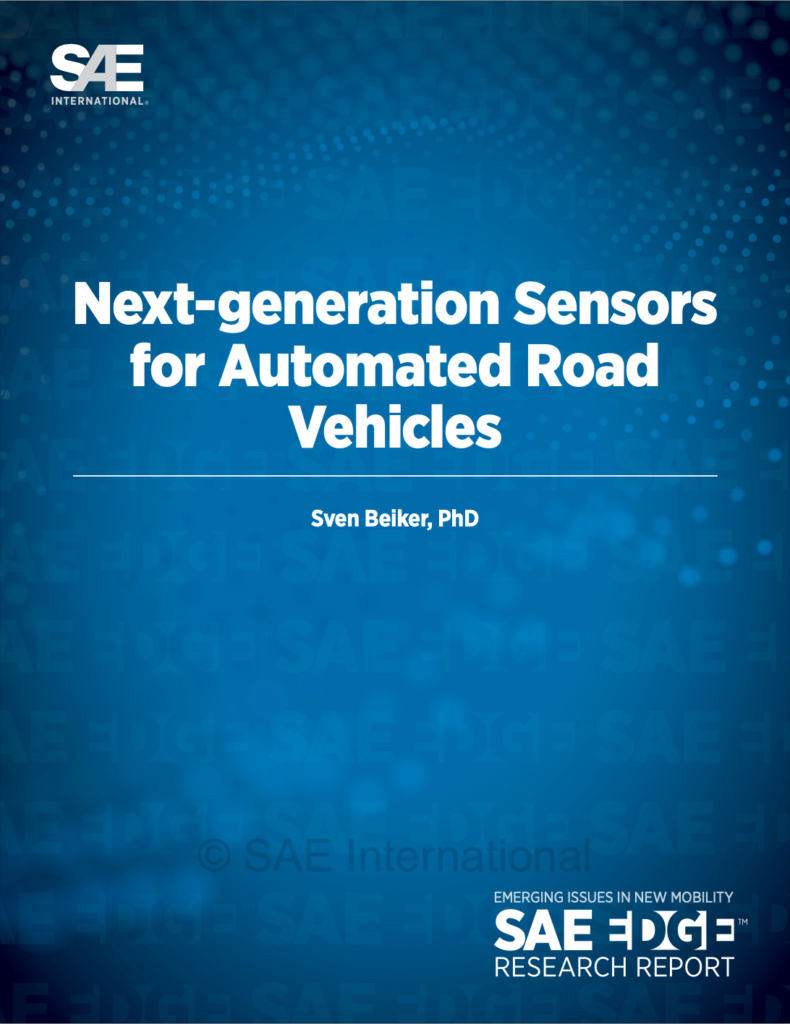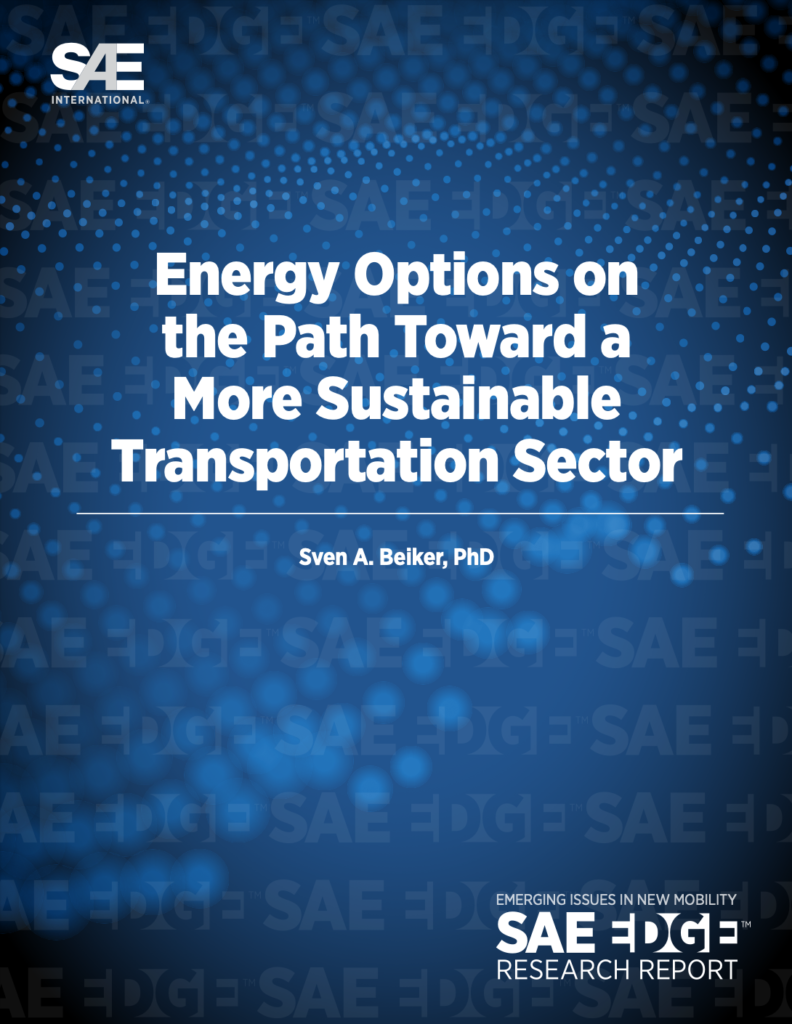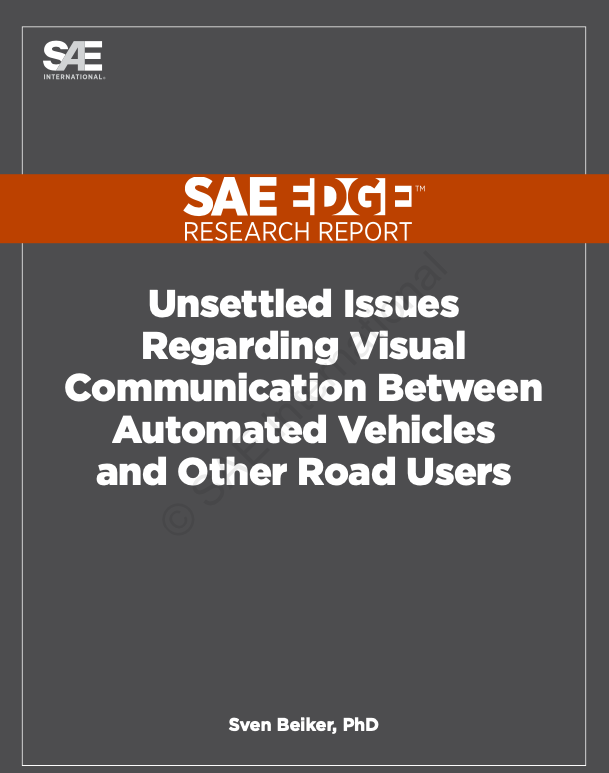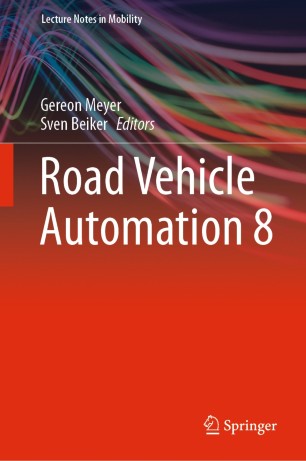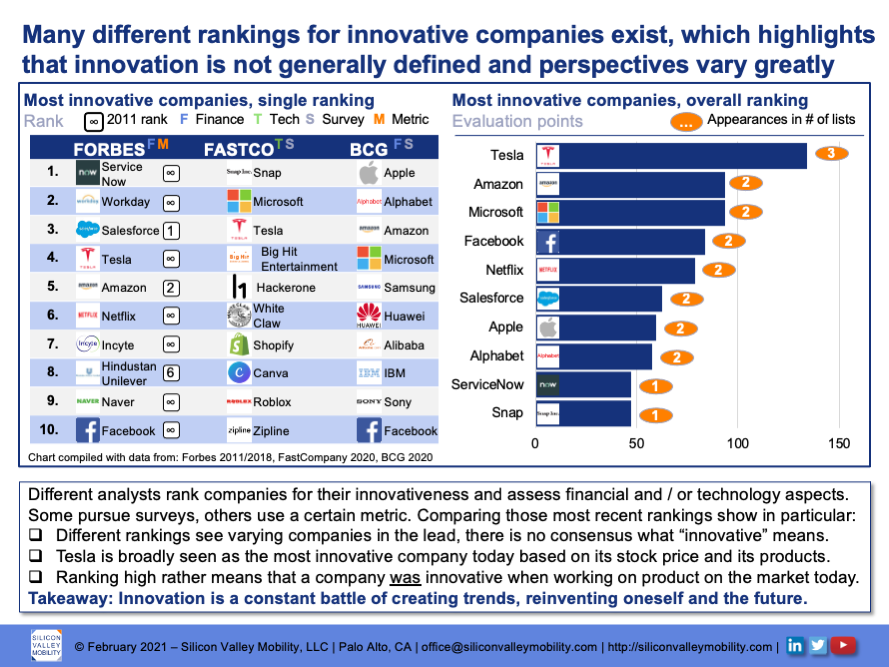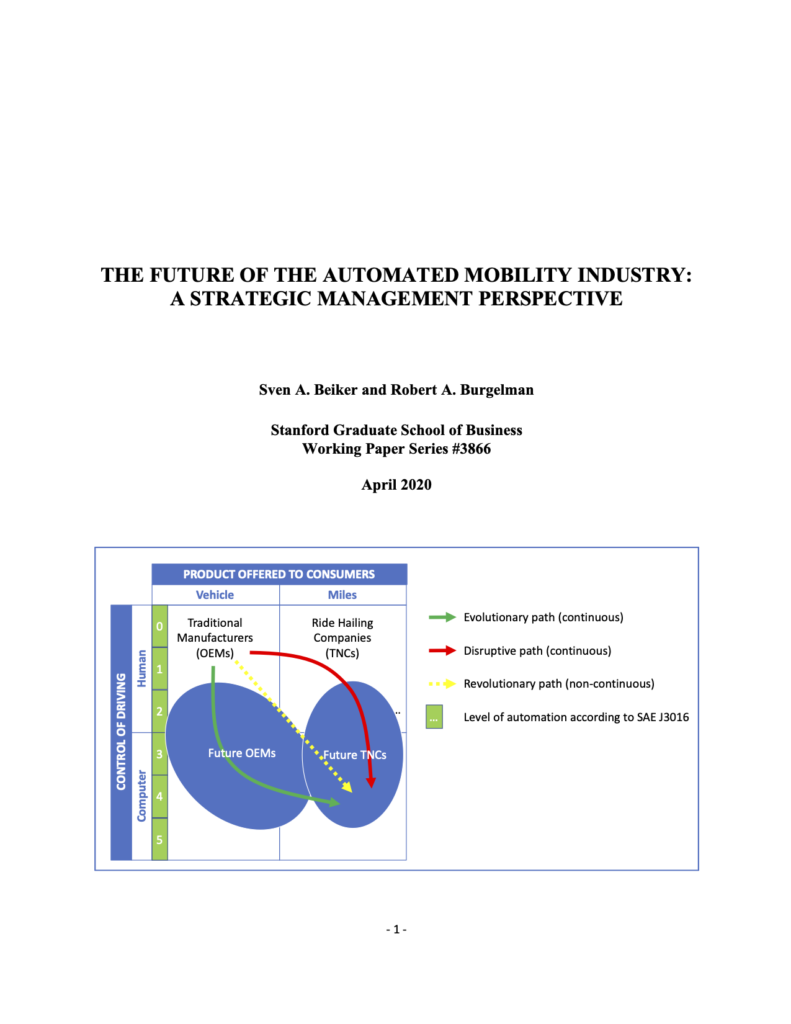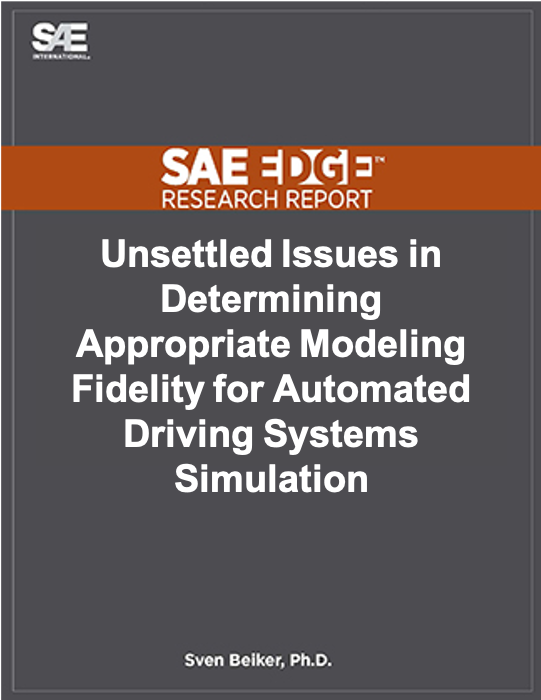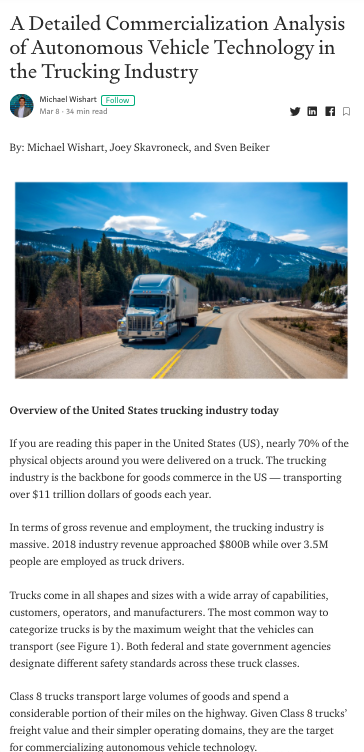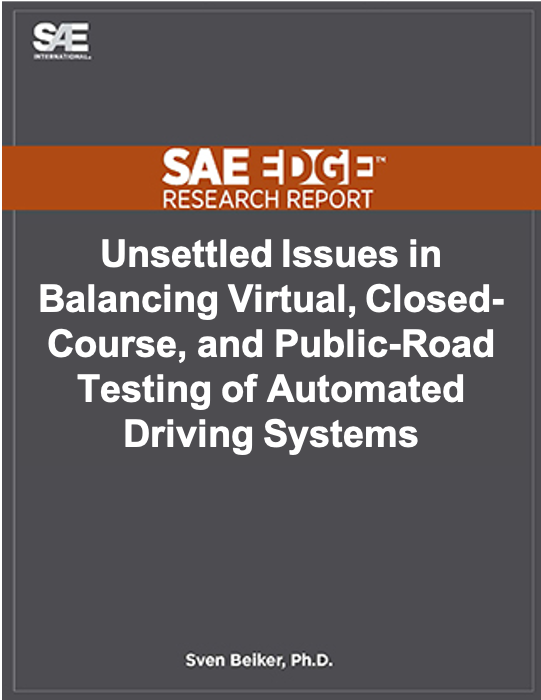Report on traditional automotive industry and new mobility players
I am proud to have my latest publication with SAE International out:
TWO APPROACHES TO MOBILITY ENGINEERING
This topic is very dear to my heart: to compare and contrast the traditional automotive industry and the new mobility players. Too often have I been getting questions like “who will win?” or “don’t you agree that the metal benders are just dinosaurs that don’t get it?”. Well, the answers are “tough to tell” and “no” and it was about time to write a whole report about the evolution of this fascinating industry.
Here’s the abstract, and see the link on the right for the whole report:
What are the differences between the traditional automotive companies and “new mobility” players—and even more importantly, who will win? Those are the questions that this report discusses, taking a particular focus on engineering aspects in the automotive/mobility sector and addressing issues regarding innovation, business, market, and regulation. To find answers to the questions raised, nearly 20 industry experts from new and established companies were interviewed to gain an overview of the intricacies of newcomers and incumbents, to see where the industry stands, and to provide an outlook on where the sector is headed. This is rounded out by recommendations as to what respective players should do to master their future and stay at the forefront of mobility innovation.


